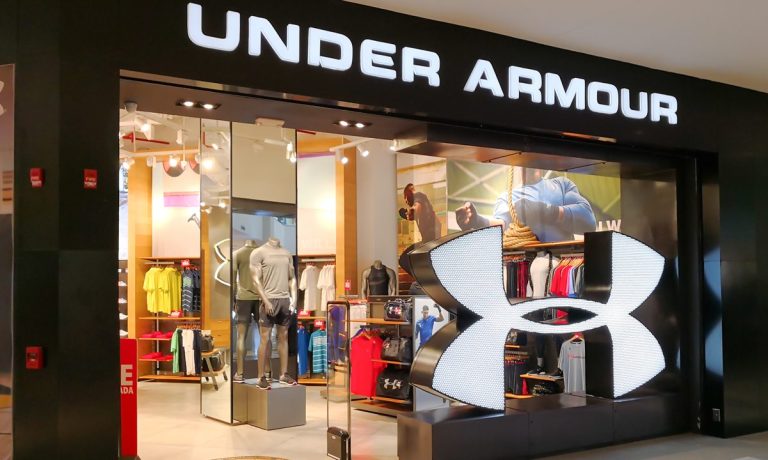
As consumers’ ongoing financial concerns drive them to seek deals and promotions, brands across retail categories are seeing increased engagement with their loyalty programs.
Sportswear brand Under Armour shared on a call with analysts Thursday (Aug. 8) discussing its first-quarter fiscal 2025 earnings results that it is seeing quick adoption of its relatively new loyalty program, UA Rewards.
“Our loyalty program is … giving us an added boost in realizing improved long-term growth, profitability and higher brand engagement,” President and CEO Kevin Plank said during the call. “With less than a year under our belts in North America, UA Rewards has grown quickly, and its performance has been a positive contributor. The program has nearly 5 million members and is growing month by month.”
Plank added that roughly 50% of the members joining are new customers.
The growth comes as the gap between the economic sentiment — and the spending power — of high-income and low-income consumers widens. Amid this pressure, consumers are looking for digital tools that will help them save on cost. The study “2024 Global Digital Shopping Index: U.S. Edition,” a PYMNTS Intelligence collaboration with Visa Acceptance Solutions, found that 75% of retail shoppers expect digital coupons for in-store and online shopping, and 74% expect relevant promo codes.
Against this backdrop, beauty retailers and brands, too, are seeing increased demands for their loyalty offerings. Sally Beauty, for instance, noted on its third-quarter fiscal 2024 earnings call Friday (Aug. 9) that in the three-month period, 78% of sales in the U.S. and Canada came from its loyalty program members, which held a member base of 16 million users.
“Additionally, our Elite loyalty members who represent our most valuable and frequent shoppers grew by 6% year over year,” President and CEO Denise Paulonis noted on the call.
E.l.f. Beauty, for its part, noted on its own first-quarter fiscal 2025 earnings call Thursday that loyalty program enrollment rose 30% year over year and the program now has more than 5 million members.
“Our Beauty Squad loyalists have higher average order values, purchase more frequently, have stronger retention rates and are a rich source of first-party data,” Senior Vice President and Chief Financial Officer Mandy Fields said during the call.
Food service brands are similarly noting increased demand for their loyalty programs. For instance, Krispy Kreme President and CEO Josh Charlesworth said on an earnings call Thursday that the sweet treats brand’s loyalty program’s relaunch in April contributed to 22% digital sales growth year over year and membership is up 27%, expanding the company’s ability to provide personalized offers. PYMNTS Intelligence research found that 83% of consumers are interested in receiving such offers.
Similarly, fast-casual chain Noodles & Company shared on a call discussing its second-quarter earnings results Wednesday (Aug. 7) that 26% of sales came from loyalty program members and that these customers spend twice as much as those who are not members. Plus, in the quarter, traffic among loyalty program members rose 5% year over year.
Beyond retail, loyalty programs are also driving increased engagement in the live events space, as ticket resale platform Vivid Seats noted in its second-quarter earnings call Tuesday (Aug. 6).
“With our industry-leading loyalty program and engagement initiatives, we continue to shift toward a higher mix of accretive repeat orders,” CEO Stan Chia said during the call. “These strategic efforts have proven successful, and midway into 2024, we are trending higher than the mix of repeat orders achieved in 2023.”